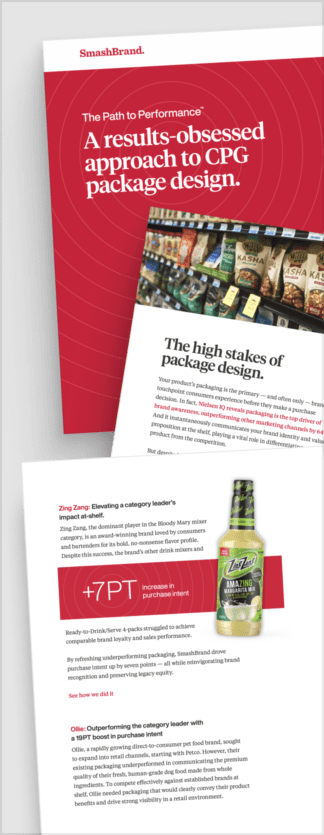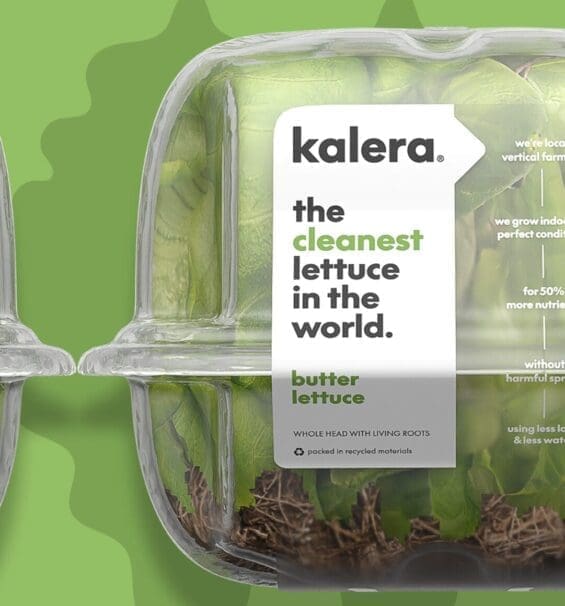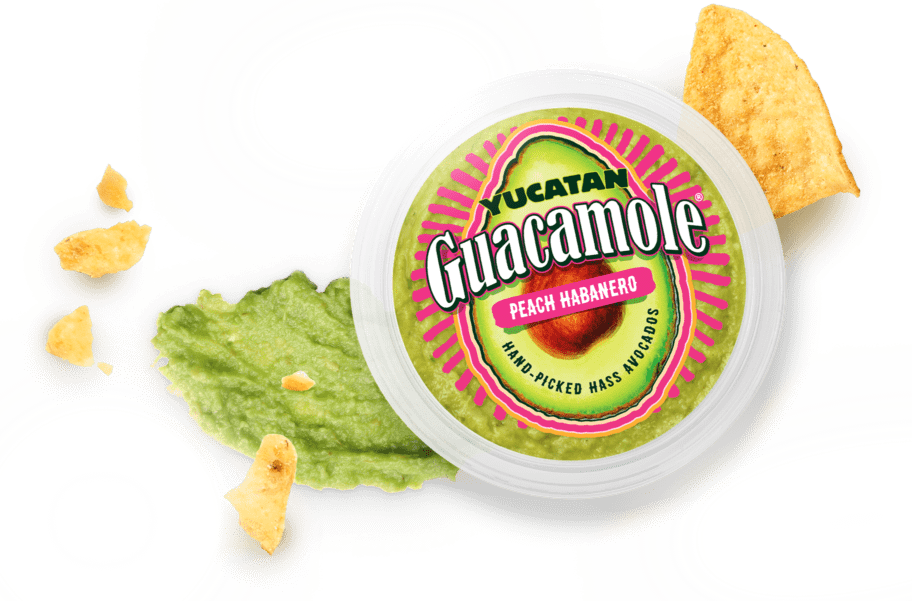You spent months perfecting the formula, obsessing over the logo design, and building a sleek online store. Orders are rolling in, and your product’s finally in customers’ hands. Then the first unboxing video drops, and something feels off. It’s not damage, it’s a disconnect. The DTC packaging design doesn’t reflect the brand you’ve built, and the messaging feels generic. That’s when it clicks: the most visible piece of your DTC brand is the one you treated like a backend task.
Most DTC brands nail the front-end experience and fumble the back-end packaging execution. They treat product packaging like a shipping afterthought. And they’re paying for it through crushed retention, missed repeat sales, and customers who ghost after the first order. B2B companies wouldn’t tolerate this breakdown between expectation and delivery, and your customers won’t, either.
This article discusses the DTC packaging design that performs. We’ll break down the critical moves innovative DTC brands are making to turn their packaging into a revenue engine. You’ll learn to avoid the usual pitfalls and create a DTC packaging experience that sells, satisfies, and scales.
The unique role of DTC packaging.
In DTC, your product’s packaging isn’t something that holds it. It is the first impression, the last-mile storyteller, and a silent brand ambassador. Packaging is the only physical connection a DTC brand makes with the customer. That’s why it carries weight far beyond structure and cost. It’s not competing for shelf space; it’s competing for attention, loyalty, and trust when it lands on someone’s doorstep.
DTC packaging has a different job than retail packaging, which is built to survive shelving and pop against crowded displays. It must protect the product through last-mile delivery, keep shipping costs lean, and deliver a highly on-brand experience that supports the rest of the journey. It turns the unboxing moment into a brand-building ritual. That’s where brand loyalty is either earned or lost. For a DTC company, it is the new storefront.
When DTC packaging is done right, it reinforces the brand image, sparks brand recognition, and elevates customer experience from transactional to emotional. It’s not just about choosing quality packaging materials or eye-catching graphic design. It’s about thoughtful decisions that drive action, like using QR codes alongside on-pack scanning easy reordering, weaving branding into personalized packaging, or working with smart partners to dial in sustainable and functional design.
Critical elements of a high-performing DTC packaging design.
In the DTC packaging market, high-performing designs are essential for brands to compete, connect, and convert. Consumers expect more from packaging: brand experience, utility, and environmental accountability. Every unboxing moment is a brand touchpoint and a potential ad, so each packaging element must perform across function, emotion, and marketing.
The following are the critical elements of successful DTC packaging design that are aligned with consumer preferences and expectations:
Emotional storytelling and brand alignment.
In the DTC space, emotional storytelling is the bridge that builds loyalty. Your product packaging design must echo the brand’s values and purpose with radical clarity, both visually and verbally. SmashBrand integrates consumer-tested storytelling into every brand touchpoint, ensuring the packaging performs for deep consumer resonance.
Care/of revolutionizes the vitamin industry by offering personalized daily vitamin packs delivered directly to consumers. Each pack features the customer’s name and a fun fact, enhancing the unboxing experience and fostering a personal connection with the brand. This approach simplifies the supplement routine and builds brand loyalty through customization.
Functional design that protects and delights.
A great DTC packaging solution must look good, work hard to make unboxing effortless, and enhance the moment of interaction. This is critical because DTC has no retail shelf to buffer or elevate perception. Material innovation, such as using molded pulp trays or structural corrugated cardboard, combines protection with presentation, reducing returns and increasing consumer delight.
For instance, Garçon Wines addresses the challenges of wine delivery by introducing flat wine bottles made from recycled PET. These bottles are designed to fit through standard letterboxes, eliminating missed deliveries and reducing packaging waste. The innovative design also allows for more efficient shipping, as ten flat bottles can be packed in the space of four traditional ones.
Messaging hierarchy that drives retention.
DTC packaging must act as its commerce channel to educate, persuade, and retain the target audience. For this, a tight messaging hierarchy is necessary: who we are, what this is, and why it matters, all delivered in under ten seconds. This hierarchy must extend across multiple panels and layers, turning each surface into a retention strategy: usage tips, surprise messages, QR codes to content, and more. SmashBrand’s PREformance® methodology ensures this hierarchy is consumer-tested, maximizing communication without overwhelming or distracting.
For example, Little Spoon delivers fresh, organic baby food directly to consumers through a subscription model. The packaging is designed for convenience and sustainability, with BPA-free recyclable containers. Each delivery includes a variety of meals tailored to the child’s developmental stage, simplifying mealtime for parents.
Shareability and the built-in social moment.
Every packaging item is a potential Instagram post. It transforms buyers into brand evangelists if it triggers excitement, surprise, or delight. It’s about curating a brand experience worth sharing. From witty copy to clever structural reveals, every touchpoint should be intentional.
For instance, Olipop features vibrant, retro-inspired cans and packaging inserts filled with community stories and fun facts. The deliveries create moments consumers want to document and share, organically driving brand awareness. Packaging design built with innovation and creative storytelling in mind can unlock this shareability, turning the physical box into a digital megaphone.
Sustainability as an expectation.
Eco-friendly packaging has shifted from a differentiator to a baseline expectation, and DTC consumers, especially Millennials and Gen Z, are vocal about their environmental standards. Brands are expected to source responsibly, minimize waste, and communicate these efforts transparently. For example, Blueland’s refillable cleaning products arrive in compact, eco-friendly packaging with no single-use plastic. Clear messaging on their boxes explains the environmental impact, turning sustainability into a key marketing strategy and shareable bragging point.
Common mistakes that undermine DTC packaging design.
The margin for error in DTC packaging design is small. Even a small misstep can derail the entire brand experience. While innovative packaging solutions have become the norm, many brands, especially those transitioning from traditional retail, carry over habits that don’t serve the DTC model. Below are the most common mistakes brands make with DTC packaging design and why avoiding them is critical to performance.
Overcomplicating the unboxing.
The temptation to “wow” consumers has led many brands to add bells and whistles, complex folds, inserts, and QR code treasure hunts. But DTC consumers value intuitive, effective packaging that works with their lifestyle. Too many components can frustrate or overwhelm a delightful interaction, making it a chore. The best DTC experiences are simple, intentional, and emotionally resonant. They leverage smart packaging innovation like dual-purpose design or minimal corrugated cardboard structures to deliver impact without clutter.
Ignoring post-purchase engagement.
Your packaging design process must not stop a delivery. Treat it like a powerful post-purchase marketing tool for your brand. Unfortunately, many treat it as a one-and-done container rather than a brand-building asset. Missed opportunities include not embedding product education, reordering prompts, or calls to action.
A lack of continued conversation weakens loyalty and undercuts the brand’s role in the customer’s daily life. Companies must use packaging solutions that inspire social sharing, provide helpful content, or guide consumers to the best action. Seeded offers, personalized messages, and modular inserts are ways to deepen engagement and drive retention.
Neglecting testing and iteration.
Many failed DTC designs aren’t created without care and feedback. Many brands skip validation and go straight to production, assuming intuition or past retail success will carry them through. SmashBrand’s methodology proves that data beats guesswork. Testing reveals what drives selection and satisfaction.
It tells you if your sustainability messaging resonates, if your insert adds value or confusion, and whether your packaging is perceived as premium or performative. DTC success is built on iteration. Consumer insights drive refinement, ensuring your design is beautiful and practical, and performs in-market and in-moment.

Path to Performance™
Taking a results-obsessed approach to CPG package design.
Learn how SmashBrand’s proprietary process – rooted in scientific principles, informed by data, and validated by your target audience – takes the guesswork out of package design and delivers guaranteed results.
Building a brand-loyal DTC experience through packaging.
Packaging is the first step in loyalty. For a DTC brand, the first physical interaction a customer has with your brand is when it arrives in their hands. If that moment feels generic, flimsy, or disconnected, you’ve just burned your best shot at building emotional equity.
Innovative DTC companies understand that optimized packaging is a retention tool that reduces buyer’s remorse, reinforces product value, and increases the odds of a second purchase. Premium touches like personalized inserts, thoughtful structural design, and messaging that reflects the customer’s journey aren’t wasteful. They’re strategic. When your packaging is dialed in, it tells the customer: we care, are consistent, and are worth remembering.
Packaging that performs scales value over time. Better packaging means fewer damages, lower return rates, reduced customer service friction, and higher NPS. It tightens the entire post-purchase funnel. And because it supports brand image and perception, it amplifies every dollar you spend on acquisition.
When customers are impressed, they talk. When they’re surprised, they share. When they’re delighted, they advocate. That’s how packaging becomes content. A smartly designed DTC pack turns your customer into a brand storyteller, doing the marketing for you.

Nice Package
Don’t miss out on our monthly newsletter Nice Package!
Each month, we deliver a data-driven newsletter directly to your inbox, unpacking a critical topic in the FMCG & CPG industry.
"*" indicates required fields
Data-Driven Brand Development
Looking for a packaging design company that delivers more than promises? SmashBrand integrates strategy, testing, and design to create packaging that wins at shelf and accelerates sales. We back it with data and a guarantee. Don’t gamble with your brand. Choose a partner obsessed with performance.
Subscribe to
Nice Package.
SmashBrand’s Nice Package: Stay current with our latest insights
Free Resource.

CPG product repositioning guide.
Explore the five undeniable signs your CPG product needs repositioning along with strategies for leveraging consumer insights for a guaranteed market lift.
Download Whitepaper About CPG product repositioning guide.


